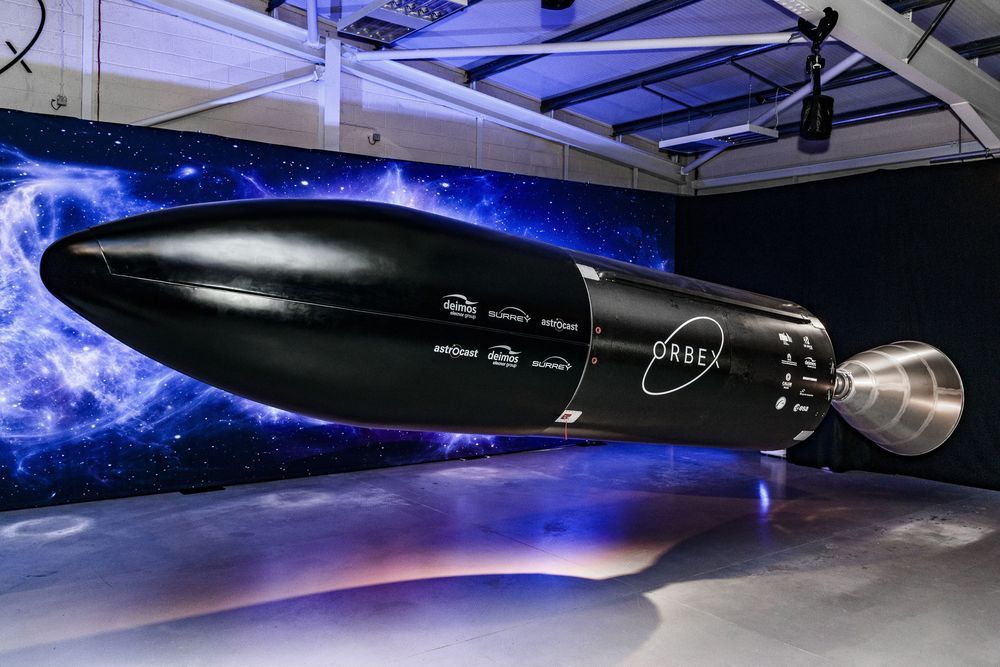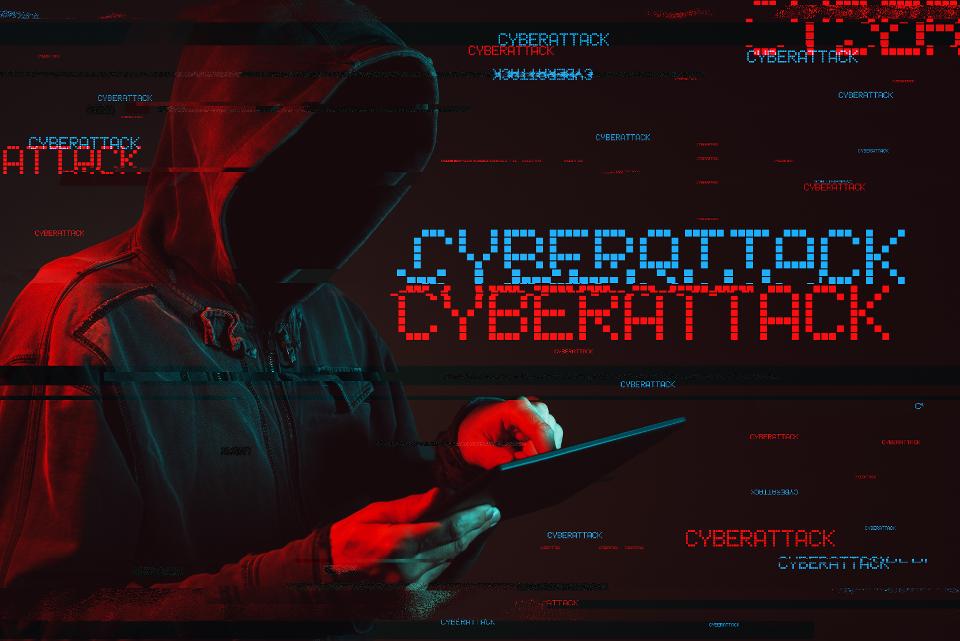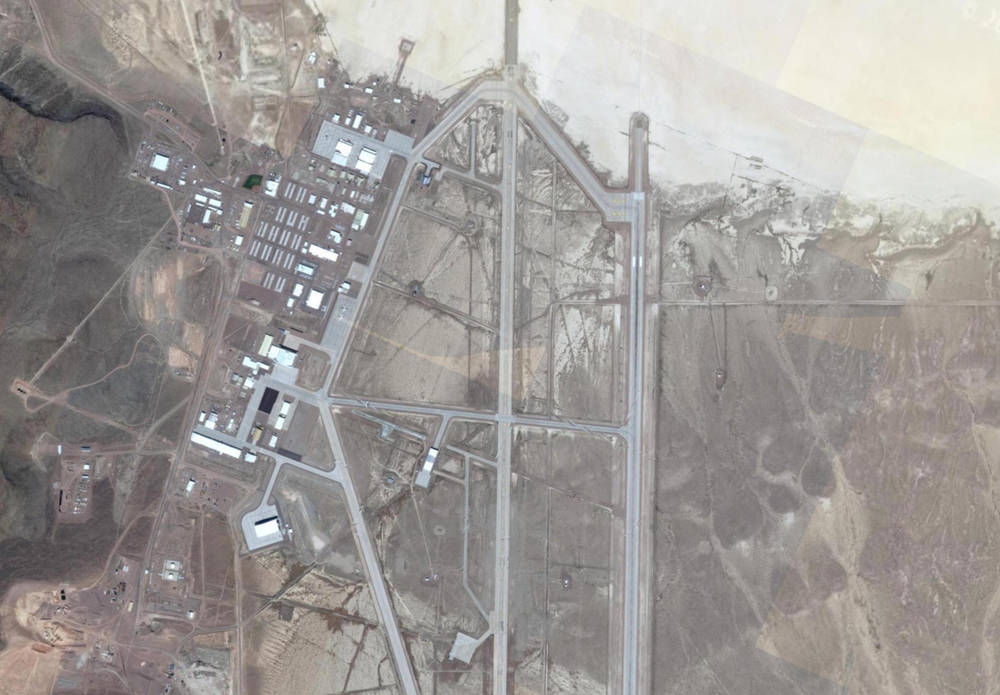I experienced these creatures in my town they did not corporealize but as a psychic I can feel them and when you see irregular fog that moves like a wall or with fingers be careful as like I believe these creatures exist.
The creatures of the Mist are the inhabitants of an alternate reality. After a severe rainstorm from the night before, a thick, foggy, unusual mist crept into our world, bringing the creatures with it when a top secret government experiment involving many scientists called the “Arrowhead Project”, intended to peer into other dimensions, went terribly wrong. This allowed the creatures to cross over the spilled portal and into the human realm. The phenomenon first manifested in Bridgton, Maine, and spread across an unknown amount of the U.S., or possibly the entire planet. Due to the thickness of the mist making sight almost useless to them, all the creatures in the mist hunt on the basis of scent. In the novella by Stephen King, it is hinted that the mist plagued the entire world and thus the creatures nearly eliminated humanity; while in the film version, the creatures were only seen in a certain area of America and were exterminated by the military two or three days after the Arrowhead Project went wrong.









